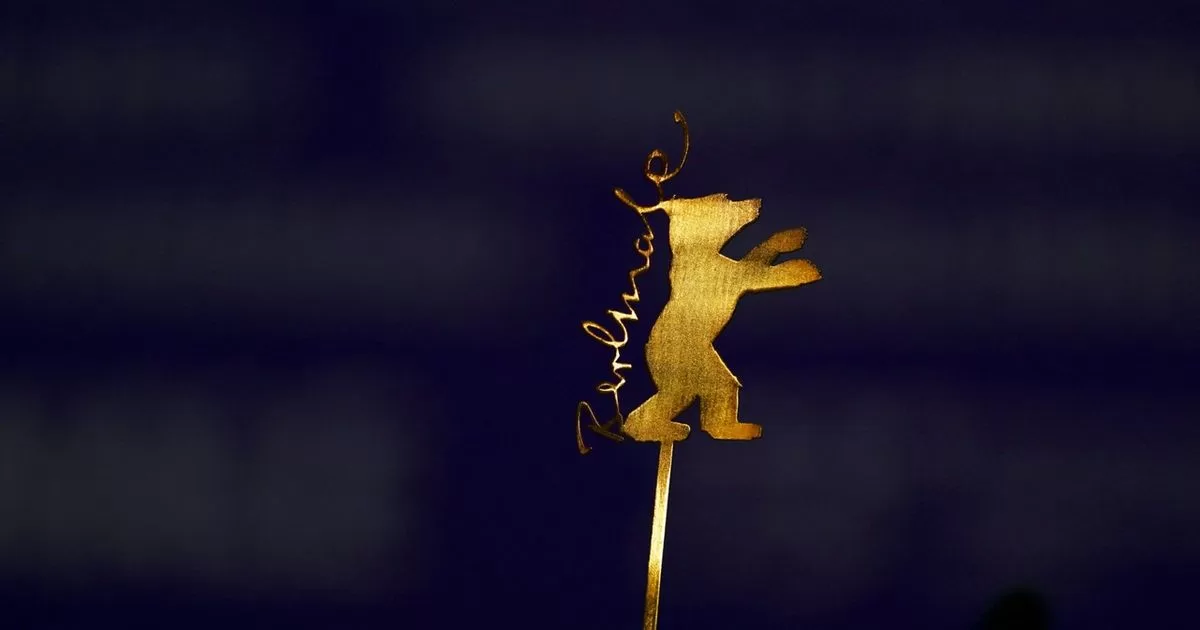The arrest of Matteo Messina Denaro, one of Sicily’s most notorious mafia bosses, has reminded many Italians of the extreme violence with which he was associated when he operated as a leading figure in Cosa Nostra.
Denaro seems to belong to another era, when the mob brutally killed at will. And it is true that the period of extreme violence with which he is associated is a thing of the past. But that does not mean at all that Italian organized crime groups have disappeared in the 30 years that Denaro has been in hiding: they have simply rethought his ways.
The Italian mafia has drastically reduced the number of homicides. Violence is now used in a much more strategic and less visible way. Instead of bloody, flashy murder, the modern mob intimidates with crimes that are less likely to be reported to the police, such as arson, physical assault, or sending threats. Murder is now the last resort.
The violent conflict between the Sicilian mafia and the Italian state reached its peak in the early 1990s. It was a period marked by one massacre after another, including the famous bombing of Via D’Amelio in 1992 in which the magistrate Paolo Borsellino and five members of his escort were murdered. In 1991 alone, there were 1,916 homicides, 718 of them mafia-related.
The media covered all the details. Politicians spoke in parliament about the scourge of organized crime. Mafia activity occupied an important place in the public discourse and in the cultural imagination of Italy.
But the authorities reacted forcefully. New laws were enacted, such as the “41-bis” prison regime, which included the threat of solitary confinement for members of organized crime gangs. City councils could be stripped of their powers for a maximum of two years if their officials were considered to be collaborating with the mafia, and a nationally designated technocratic administration to “clean” the house. A national anti-mafia directorate was also created to be able to dedicate more resources to the fight against organized crime.
In the following years, the data show a radical drop in the number of mafia-related homicides, from 718 in 1991 to just 28 in 2019. In 2020 there were 271 homicides in Italy, compared to almost 2,000 in 1991. With 0.5 homicides per 100,000 inhabitants , Italy is now the country with the least homicides in Europe after Luxembourg, fewer homicides per capita than Norway, Switzerland, Spain or Luxembourg.
At the same time, an interesting trend can be identified. In an ongoing investigation, I have been analyzing the RAI (Italian National Television) archive of the last 40 years and studying the content of national and regional news. It is clear that in the years with more mafia homicides, the media coverage related to it increases, measured by the percentage of news on the subject.
Conversely, when mafia homicides decrease, the issue is less talked about and there are fewer interventions in parliament. For example, between 1992 and 1994, organized crime was cited in 15% of speeches by parliamentarians. After 20 years it was only mentioned in 4.3% of the speeches.
In other words, the more the mob kills openly, the more attention it attracts from the media and politicians. It is important to note that these are not necessarily years in which the mob has been less active in other ways. Smuggling, blackmail and corruption have not diminished. Only the most notable violence is in retreat.
Unreported and unnoticed
All this suggests that the decrease in the number of homicides could be, at least in part, a strategic choice. Criminals have figured out what they need to stay unnoticed.
This does not mean that they no longer resort to violence, they are simply more selective. As reported every year by the anti-mafia organization Public Notice, local managers are now the main targets of the mafia. They are sent threatening letters and assaulted at the rate of about one incident per day. This phenomenon goes almost unnoticed by the media, which would surely pay attention if a member of the national parliament faced intimidation or violence. In the best of cases, local officials can see their cases picked up in the local press; it is rare for these types of incidents to be reported nationally.
The mafia thus achieves its goal of influencing local politics without attracting the attention of the mainstream media or politicians. Electoral periods are especially delicate: mayors are subject of the greatest threats at that timeespecially in the immediate aftermath of the takeover, as local mobsters see an opportunity to gain control of the newcomer.
This strategy has facilitated the economic expansion of the mafia. Although the number of murders has decreased, the number of properties and businesses seized from the mafia has skyrocketed, suggesting once again that a decline in violent crime is not necessarily an indicator of a decline in other types of criminal activity. In 1991, the state seized two companies and four properties from the mafia. In 2019, they seized 351 companies and 651 properties.
These numbers could be taken as an indicator that law enforcement is doing a better job of identifying economic crime, and it just might be the case. But other data give weight to a more pessimistic interpretation of the facts.
In 2019, organized crime-related assets were seized in 11 Italian provinces (mostly in the northern regions) that had never experienced mafia activity before. And today, every police operation related to organized crime gives rise to seizures worth around 1 million euros. At the end of the 1990s, the average value of each seizure was around 50,000 euros.
This suggests that far from being in retreat, the mafia is expanding into new parts of the country, finding more lucrative opportunities as it goes.
Gianmarco DanieleAssistant Professor at University of Milan and Executive Director of the CLEAN Unit on the economics of crime at Bocconi University, Bocconi University
This article was originally published on The Conversation. read the original.


